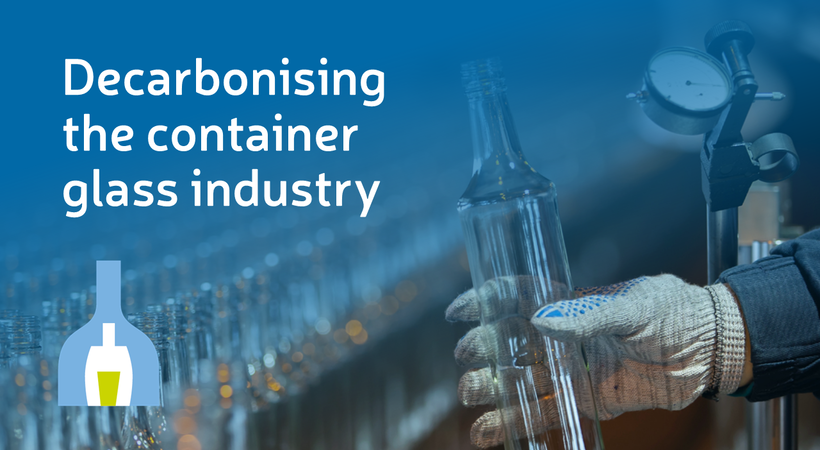
In a report published this week it also requests for customers to keep choosing and recycling glass packaging.
The report, One Destination, Multiple Pathways: How the European Container Glass Industry is Decarbonising Glassmaking, details the steps being taken to decarbonise glass manufacturing.
It states a crucial step to reach the industry's net zero goal by 2050 is rapid access to affordable, low-carbon energy.
Currently, 80% of the glass container industry's direct carbon emissions result from the combustion of natural gas.
Switching to low-carbon energy sources is therefore a top priority.
More than 90% of the glass containers produced in the EU are made by companies that have committed to the Science-Based Targets initiative (SBTi).
The access to new financial instruments or the continuation of existing ones to support the industry efforts in the transition is also essential.
As glass furnaces have a lifespan of 10 to 15 years and an estimated annual replacement rate of 7% to 10%, it is imperative that old furnaces are gradually replaced with ones that can operate using low-carbon technologies.
The window for action is now, to ensure the sector reaches its 2050 net zero target. The glass container industry currently invests over €600 million annually in innovation and decarbonisation, including efficiency and plant upgrades.
To fully achieve net zero, an estimated €20 billion in additional capital expenditure will be required by 2050 to upgrade production technologies and decarbonise operations.
This is a conservative estimate that excludes increased operational costs tied to securing and using low-carbon energy sources.
With 162 glass manufacturing plants in Europe, the glass container industry supports 125,000 direct and indirect jobs.
Approximately €140 billion worth of EU exports are packaged in glass, while an estimated 45,000 manufacturing companies across the EU rely on glass packaging to sell their products—98% of which are SMEs.
"The role of glass in the pharmaceutical, food, and beverage, as well as perfumery and cosmetic sectors is critical, and it remains an indispensable packaging material," the report states.






